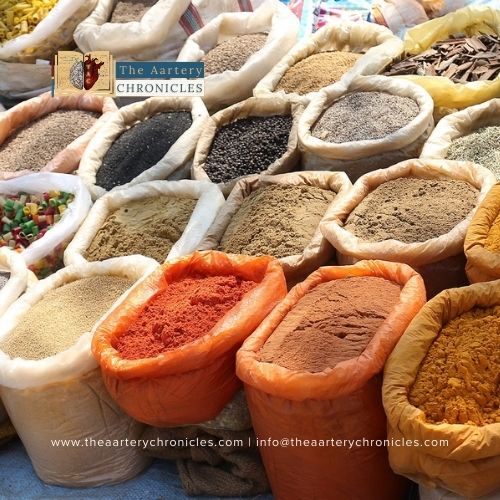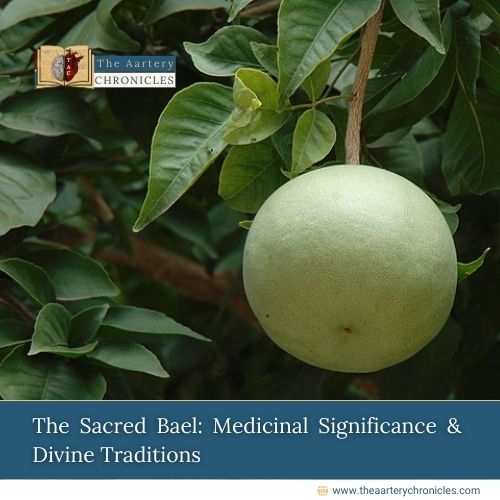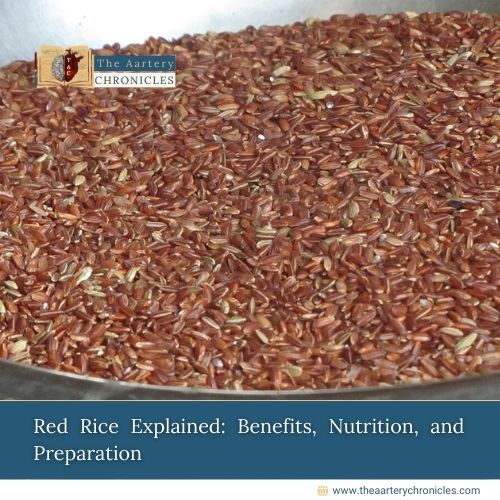
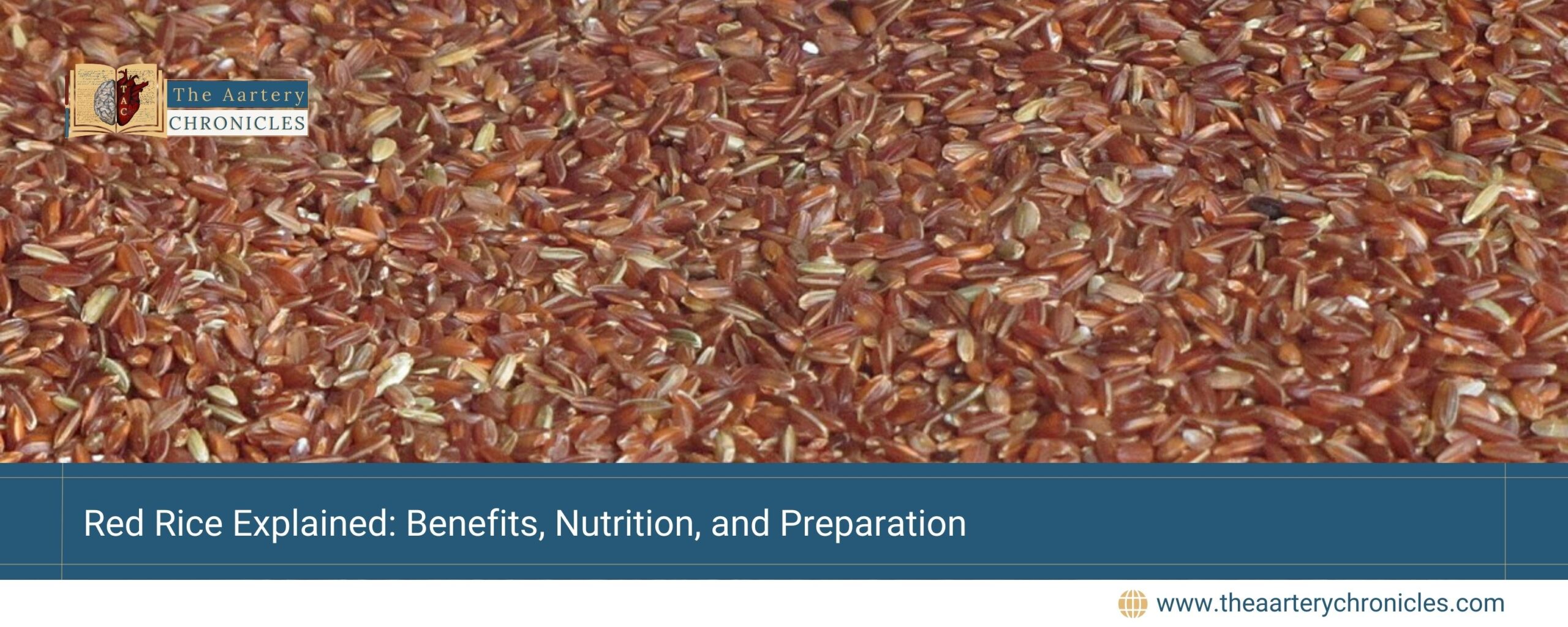
Red Rice Explained: Benefits, Nutrition, and Preparation
Overview
Rice, is one such staple food, that most of the world loves to consume, given the plethora of rice varieties grown worldwide. Be it white, brown, black, red, polished, unpolished, to name a few. We have emerged from the COVID 19 pandemic, more aware of the necessity of a healthy lifestyle and food habits. Health is the mantra of 2024 and rightly so ! it is imperative to be healthy and survive in today’s times.
Red Rice, as the name implies, is a variety of rice which is reddish in colour, due to the anthocyanin (water soluble vacuolar pigments) content in the bran layer of the rice grain. It is a wholesome grain, power-packed with nutrients that make it a healthier as compared to other varieties of rice. It contains energy, dietary fibre, iron, protein, fats, sodium, zinc and potassium, antioxidants, minerals, complex carbohydrates and more. It is normally unhulled or partly hulled with a red husk and possesses a distinct nutty flavor. It is botanically known as Oryza longistaminata or Oryza punctata. Wow!
In India, as per Ayurveda, the ancient traditional Indian medicine, red rice is mentioned as “Rakthashali” in the ancient texts, known for its ample health benefits as it pacifies the three Doshas – Vaata, Pittha, and Kapha. The origins of red rice date back to ancient times when it was initially cultivated in the regions of China, India, and Sri Lanka. Through the ages, it became more popular and now it is also cultivated in many countries like the USA, Thailand, Indonesia, and the Philippines. Bhutanese red rice, native to Bhutan, has been around for centuries. It is cultivated without using any chemicals and pesticides and is of a very superior quality with a distinct earthy flavor, a complex, nutty, and soft texture, and a beautiful Russet color. In India, some varieties of red rice are Patni of Maharashtra, Matali, Jatu of Kullu, and Matta of Kerala. In Assam, red rice, which is rich in iron, is cultivated in the Brahmaputra valley and is known as “Bao-dhaan’, and is an integral part of the Assamese diet. Indian states like West Bengal, Kerala, Karnataka, and Himachal Pradesh are red rice producers, with West Bengal being the major producer. Chinese and Thai cuisine use red rice for many of their traditional dishes.
Benefits of Red Rice
Red rice has many benefits that make it a healthier and wholesome option as compared to other rice varieties.
- Nutrient-rich: Red rice is a whole grain and very rich in nutrients like protein, fiber, iron, Vitamin B, and Vitamin E. Therefore, making it a whole lot healthier.
- Cardiovascular health: Red rice has compounds like anthocyanins and phytosterols that may lower cholesterol levels thereby reducing the risk of cardiovascular diseases. The bad cholesterol levels fall thereby decreasing the blockages surrounding the arteries of our heart.
- Lower GI: Red rice has a lower glycemic index which may help to regulate blood sugar levels and reduce the risk of diabetes.
- Weight management: Red rice is packed with fibers and protein that give a feeling of satiety and thereby stop us from overeating. This aids in weight loss. The low carbohydrates in red rice do not lead to weight gain, even if it is consumed for both lunch and dinner.
- Anti-inflammatory properties: Red rice contains antioxidants and anti-inflammatory compounds that may reduce any inflammation in our body and save us from chronic illnesses like cancer and arthritis.
- Breathing easy: Red rice is very rich in magnesium. It improves blood circulation and enhances the oxygen consumption in our body. It improves our breathing patterns and helps with Asthma by dilating the blood vessels. It helps with pneumonia and it also improves our lung health.
- Healthier bones: Red rice is rich in calcium which helps to relieve pain and reduce the symptoms of bone diseases. It is beneficial for persons suffering from osteoporosis, arthritis, and other bone disorders. It prevents bone thinning and reduces joint pain.
- Good digestion: Red rice does not contain any fat and is a rich source of dietary fiber. It gives a feeling of fullness for a longer duration thereby curbing our “snacking in between meals”. A study conducted in 2019 states that red rice is used in traditional medicine for digestion. The fiber content eases bowel movement, prevents constipation, and helps absorb nutrients better. The high protein content in red rice improves our metabolism.
- Radiant skin: Red rice contains anthocyanin, a natural antioxidant, which makes our skin soft and supple. Our skin becomes healthier as anthocyanin aids in the production of red blood cells. In addition, it also makes us look younger and prevents premature aging. The iron and folate content in red rice protects the skin from UV rays due to sun exposure.
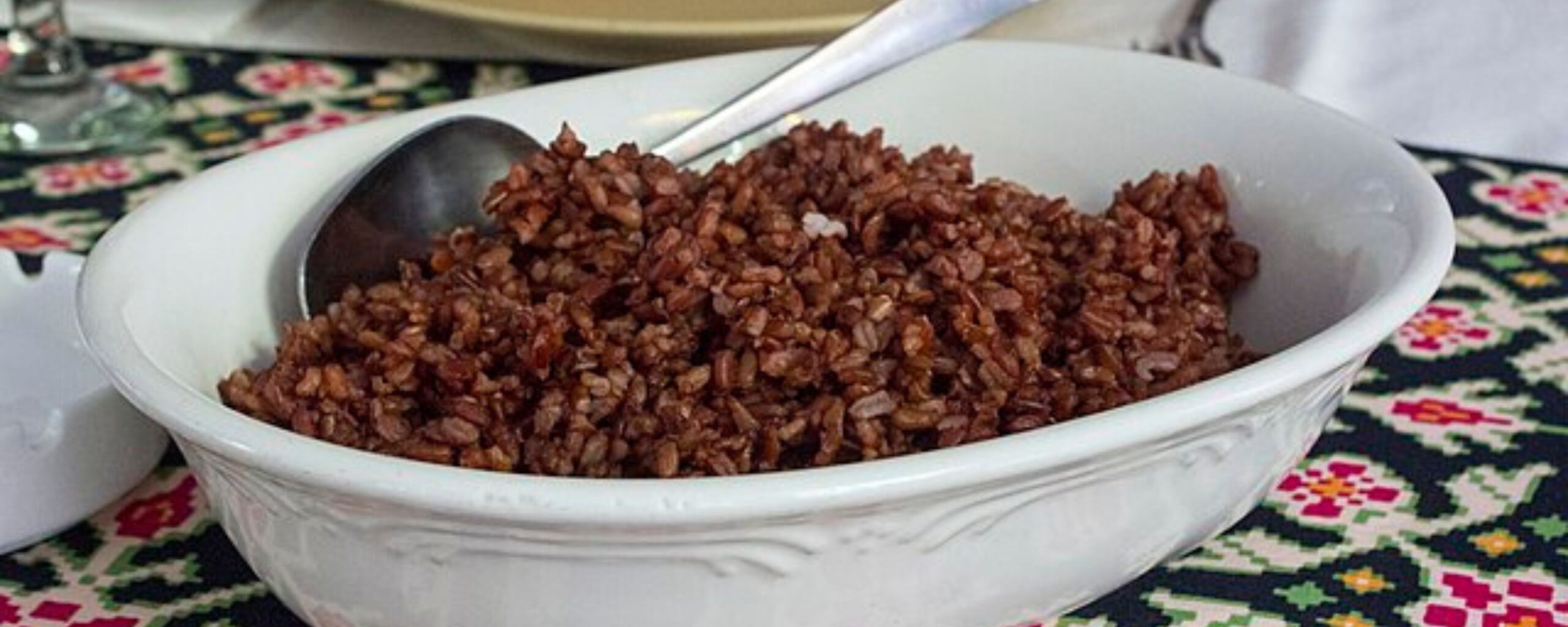
- Vitamin B6: Red rice contains Vitamin B6 which is required by our body for DNA synthesis and red blood cells. It helps to prevent anemia as well as prevent chronic illness.
- Iron: Red rice is rich in iron which prevents anemia, improves blood circulation, prevents infections, and helps our body to function well. It is beneficial for those having an iron deficiency. Consuming ¼ cup of ed rice provides us with 2% of our daily iron requirement.
- Gluten-free: Red rice is gluten-free and can be easily consumed by people with gluten intolerance or celiac disease or those who want to avoid gluten grains like wheat, barley, and rye.
Individuals with the following medical conditions should partake in red rice for its benefits.
- People with high cholesterol
- Diabetics
- People with digestive issues
- Gluten-intolerant people
- Weight-conscious people
Caution
Pregnant women, people suffering from liver disease, those with health issues or allergies, for that matter, everyone, should consult their medical practitioner before switching over to consuming red rice.
Red rice truly packs a punch of nutrients! It is not going to increase our weight, so we can enjoy it without guilt. It is not going to increase our blood sugar, so we can satisfy our rice craving.
Another point to note is that red rice should be consumed in moderation in addition to following a healthy lifestyle, balanced diet, sound sleep, managing stress, adequate hydration, and exercise.
Preparation of Red Rice
- In India, red rice is consumed as a whole grain or for making chapattis and bread.
- In China, red rice is used to prepare vinegar, tart, etc. It is also fermented to prepare red rice yeast which is a traditional Chinese medicine.
- In Japan, red rice is used to prepare cakes, colored noodles, etc.
Fun Facts
As per Japanese tradition, the color red denotes happiness, brings good luck, and wards off misfortune. Red rice was consumed on special occasions in Japan. However, nowadays, it is eaten as it is believed to repel evil spirits! 😊

Ms Rupal Sonpal
Reviewed by Dr Aarti Nehra (MBBS, MMST)


